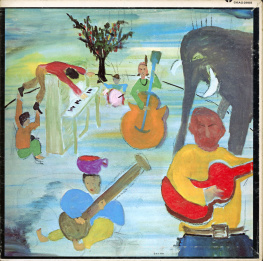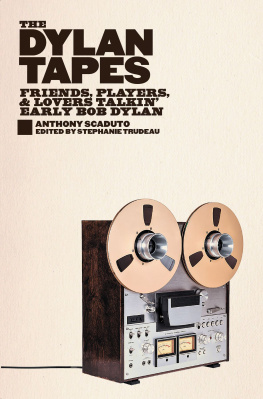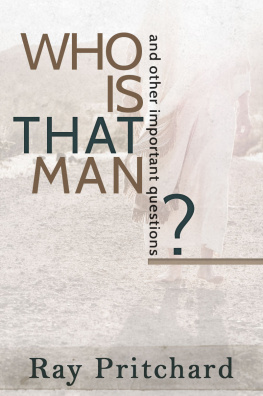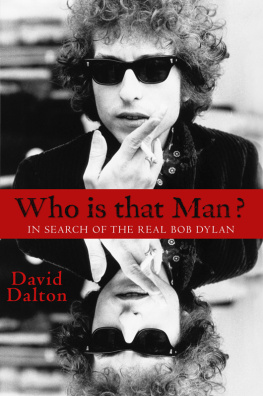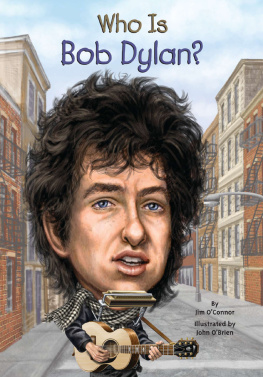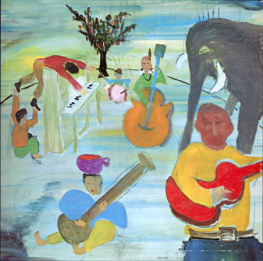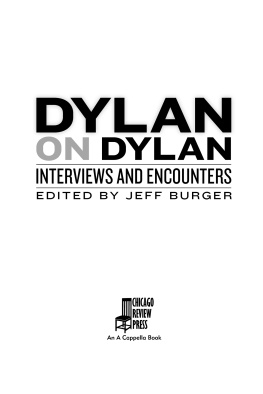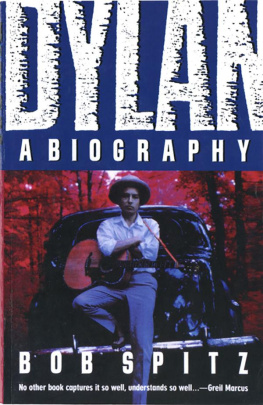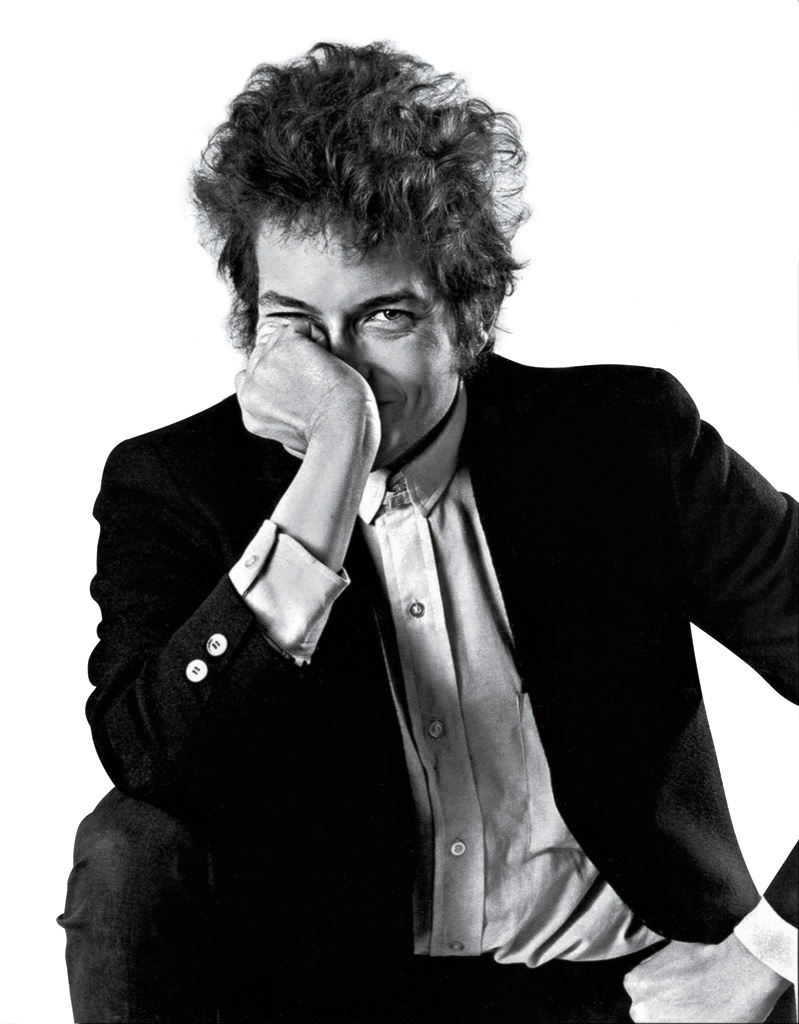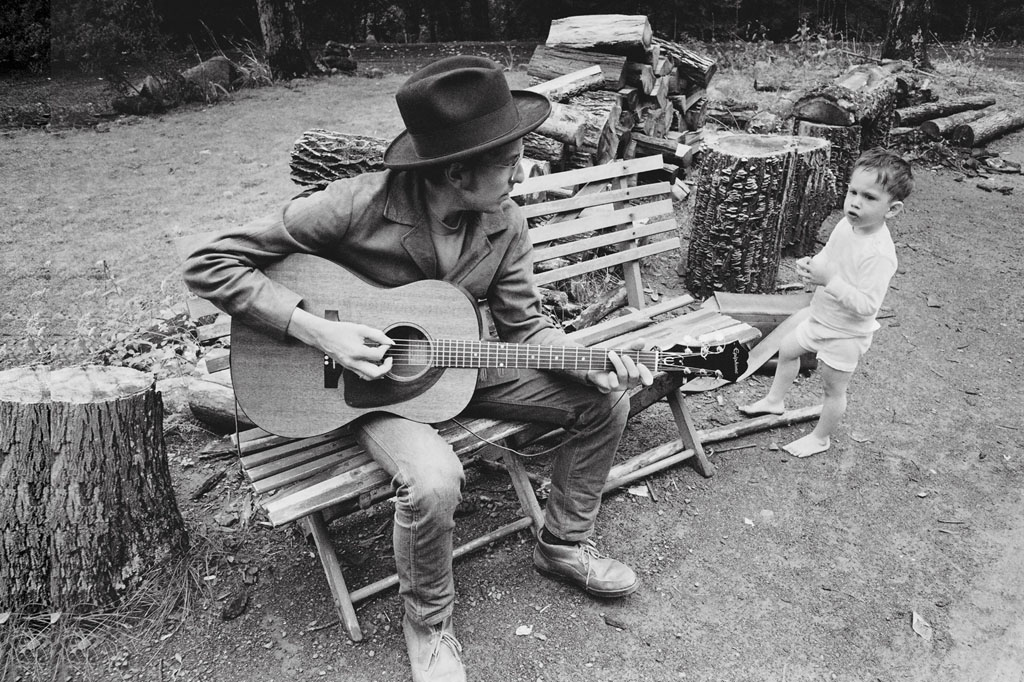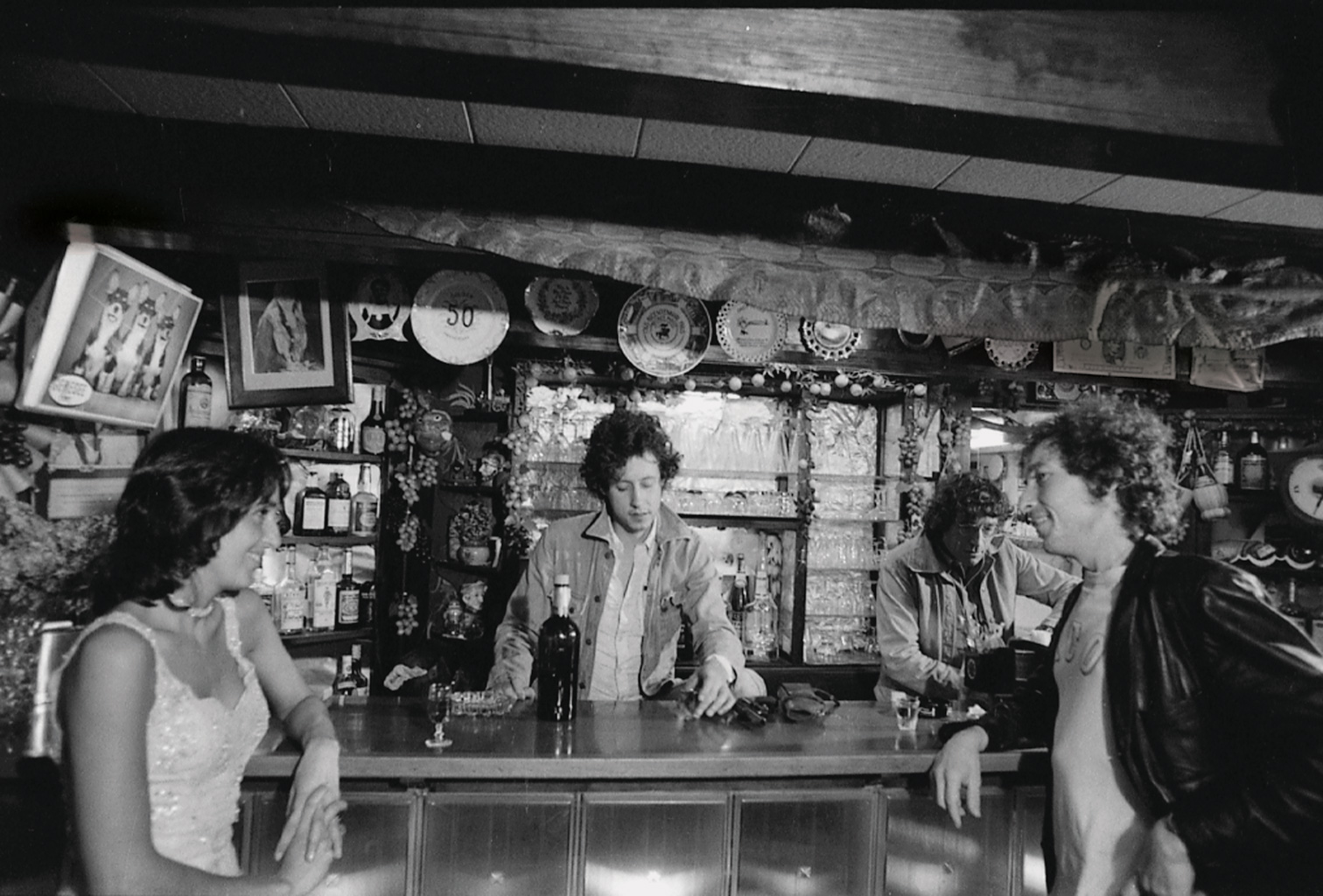Bob Dylan
Forever Young
50 Years of Song
Contents
Introduction
Our Dylan
W eve done a lot of books here at LIFE Books, and we certainly do enjoy putting each of them together, whether the subject is the worlds wonders, a glamorous star of Hollywoods golden age, a royal wedding, the sinking of the Titanic or the daring mission that took out Osama bin Laden. The interests and passions of our staff are various, and so we really do relish digging into whatever topic can be presented well in pictures and narrative.
When we decided to do Bob Dylan to celebrate the 50th anniversary of the release of his first album, the enthusiasm in the office ratcheted up a notch beyond its high normal. All of us had thoughts on and feelings about Dylan. All of us were pretty clear-eyed about what a difficult (obstreperous is a good word, cantankerous is another) character he has been at times. But all of us appreciated what he has meant to us at other times, when we were listening closely as the records played.
Our photo chief, Bobbi, immediately said Ken, knowing she wanted to get in touch with her friend Ken Regan for the extraordinary photography from the Rolling Thunder Revue tour (in which period, just by the way, Caroline Kennedy served as Kens assistant at various points), and also her friend Elliott Landy, for the intimate Woodstock material. Our deputy photo chief, Christina, who Im guessing possessed a bootlegged copy of the Dylan memoir even before it was published, was established as our Palace Guard on all things we might say about the former Bobby Zimmerman, and she brought in Jim Marshalls and Dan Kramers wonderful pictures. Our younger staffSarah and Marilyn and Michellewere delighted to learn more about this guy who was important to their parents and, as it turns out, themselves. Their e-mails with queries about one fine point or another routinely started with, This Dylan guy is really something! So they were learning his detailed biography for the first time, but heas a thing, an American thingwas already a touchstone. Michelle, a poet, said that she had always been a fan of Dylans amazing writing. Marilyn, a prize-winning screenwriter who is nonetheless quite as young as young can be, sounded like a Greenwich Village coffeehouse habitu, circa 1962, when she said, His music spoke to me most during a more carefree time when my entire day could actually be spent sitting around with friends, listening to Dylan and having a conversation.
Mimi, who designed our book, shared that sentiment, having been sucked in by Scorseses documentary. Our copy editor Parlan, a dyed-in-the-wool Dylanist (hes seen him in concert four times), is also a professional actor and acting teacher, and so of course was fascinated by the public Dylan: What was a mask, what wasnt? Our other copy editor, Barbara, happens to be a rock star in her own right: She was the lead singer in the British new wave band the Passions, whose 1981 hit Im in Love with a German Film Star is still remembered fondly by thousands beyond Barbaras colleagues at LIFE , and was covered in recent years by the Foo Fighters and then the Pet Shop Boys. Barbara told us a little story: I remember a Thanksgiving dinner years ago with some very intelligent people, most of whom I didnt know well. And the question was asked, Whose death would fundamentally shift your sense of being in the world? Bob Dylan was the resounding winner.
Well, he hasnt won yet, because he certainly hasnt died. Hes still very much out there, playing night after night to the old and young, while continuing to make relevant, sensational (and chart-topping) new music. His last two studio albums of original material have both gone to Number Onemore than a half century after he arrived in New York City from Minnesota and started bumming and strumming in the Village.
I was a Beatles kid and came to Dylan just a little later, but became a thoroughgoing fan once I found him. I first saw him play in Lowell, Massachusetts, in 1975, during one of the early Rolling Thunder Revue shows. I had already seen the Band at that point, and Springsteen at my college (in a half-filled auditorium, by the way), but I had never felt such magic emanate from a stage. I know that sounds a bit much, and I am quite ready to leaven it; I well realize that Dylan is no transcendent god; he is, as he himself has often argued, just a guy with a trade. I caught the Rolling Thunder Revue again closer to the end of its run, and although Springsteen and Joni Mitchell guested, the show wasnt a patch on what Dylan had accomplished when he was fired up in Lowell. Later still, in Providence, Rhode Island, I attended one of his born-again shows, and remember him arguing with the sparse audience about Jesus and God as he once had about whether a guitar should be plugged in or not. So many sides of this multisided man, in just three concerts: the contrariness, the seeking, the great music, the insistent music, the petulant music, the poetic, the strident, the caring, the uncaring, the generous, the less than generous, the self-centered, the self-giving.
The world at large should end its 50-year hunt: There will never be a new Dylan. While we have him, we can celebrate the real thing.
As for us at LIFE Books, well, we just had to do Dylan.
Robert Sullivan
Ken Regan/Camera 5
Dylan in Bangor, Maine, during the early days of the Rolling Thunder Revue tour in 1975.
Birth of a Folksinger
T he prodigious Minnesotan Robert Zimmerman, who certainly hoped that one day books would be written about him, just as certainly never imaginedeven in his considerable ambition and his wildest dreamsthat there would be so many such books. And he surely never guessed that one of them might start with a note about Roger Maris and Kevin McHaleguys he certainly didnt know.
Bobby Zimmerman was born in Duluth on May 24, 1941, but the legend of his extraordinary life usually begins with Hibbing, a smaller place that was his mothers hometown (his grandparents, both maternal and paternal, were Jewish immigrants from Europe, and his people were ensconced in Minnesotas small but tight-knit Jewish community). His family had relocated when Bobby was six after his father, Abe, contracted polio and the Zimmermans required a support system. Whatever trauma the boy or his toddler brother, David, might have felt at the time remains unplumbed; its just the kind of subject that Bob Dylan sloughs off. And maybe he is right to do so, for his childhood seems to have been happy enough. He went to school, he did okay, he liked rock n roll. When he wasnt yet a teenager, his parents allowed him and his friends to practice in the garage, though Beatrice Zimmerman was forced to intercede when Mrs. Schleppegrell from across the street asked politely if the boys couldnt keep it down a bit because it was her son Bills nap time. While at Hibbing High, Bobby performed in the Shadow Blasters, and then the Golden Chords, whose amped-up performance of the Danny and the Juniors song Rock and Roll Is Here to Stay so unnerved the high school principal that he terminated their performance at the schools talent show. As was the case with many would-be rockers in the late 1950s, Zimmerman and his bandmates were constantly being told to turn down the volumeeither by their parents, their neighbors or the authorities.

